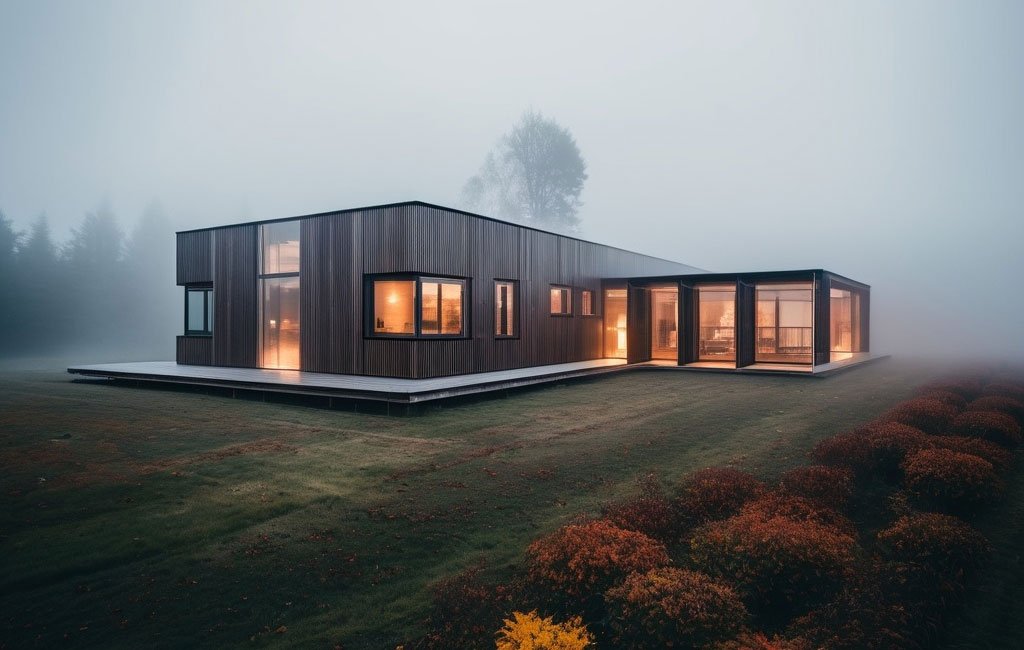4 things you need to know about comfortable, healthy homes
Aren’t most new homes comfortable, healthy and energy efficient? Don’t the regulations ensure that all homes perform to an acceptable standard? These are questions we regularly asked and, unfortunately, the answers are no, no and no. And our answers aren’t based on guesswork, personal feelings or concepts developed 50 years ago. They are based on proven building science.
We believe that a home should be cool in summer and warm in winter, without the need to constantly condition the air. We believe a home should have good air quality, be well ventilated and have the humidity controlled. We believe that homes should not develop mould or have condensation, even on the inside of windows. When all of these factors have been properly considered, you have a home that is healthy and comfortable. You will also have an energy efficient home with a low carbon footprint, saving you money and reducing your impact on the planet.
Poor air quality and mould leads to respiratory problems including asthma and coughing, with eye, nose and throat irritation being common. Many “winter colds” which seem to last forever are, in fact, due to “sick homes”. Other symptoms include headaches, tiredness and lethargy while increasing the risk of infections. While high CO2 levels, which are common in poorly ventilated homes, impact everybody, children are particularly susceptible which can lead to difficulty in concentrating, feeling sleepy and reducing performance at school.
National Construction Code
Contrary to what many believe, including most builders, The National Construction Code (NCC) does not prescribe standards that produce quality homes. The code lays out the very minimum standard you are allowed to build to and does not guarantee a comfortable and healthy home. Nor does compliance with “sustainability” assessments that are required, such as NathHERS or BASIX. These regulations still allow houses to be built that are draughty, suffer great temperature fluctuations, that have to be controlled by over conditioning the air and inadequately control moisture in the home and its structures.
Compared with other countries, even those with similar climates to Australia, our regulations are outdated, failing to take advantage in great gains in the quality of the built environment that has come about due to advancements in our understanding of the science behind how a building works (Building Physics).
In fact, certain aspects of the code actually promote conditions that lead to condensation, mould and poor air quality, while allowing building practices which lead to energy consumption being significantly higher than forecast or necessary.
We are often asked how this can be so, and the answer is simple. Our building code is shaped as much by industry lobbying and political influence as it is by science. In addition, each State can adopt as much or as little of any changes to the code as they want. And what drives the industry lobbying? Profit.
The Solution
It is essential that whoever guides you through your project is able to explain to you what causes the problems of condensation, mould and poor air quality as well as being able to advise you on what extra measures should be considered to ensure a healthy and comfortable environment in your new home. Understanding how to make a home more energy efficient is also essential given the current climate crisis we are living through while ensuring your new home is capable of handling the ever changing climate and the future is no longer a “nice to have” option.
SEED architects specialise in helping our clients understand the challenges, the options that are available and the cost implications.
